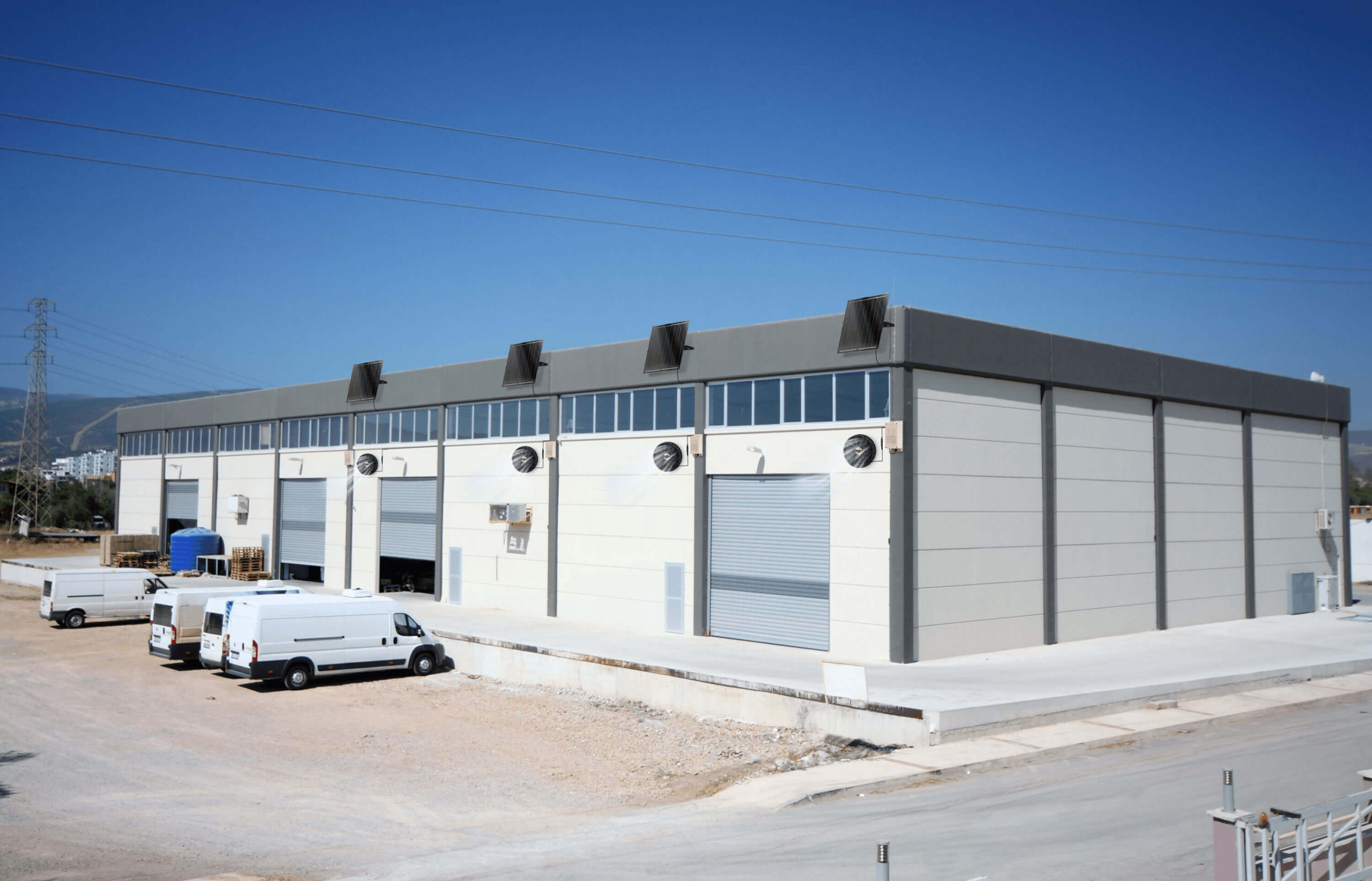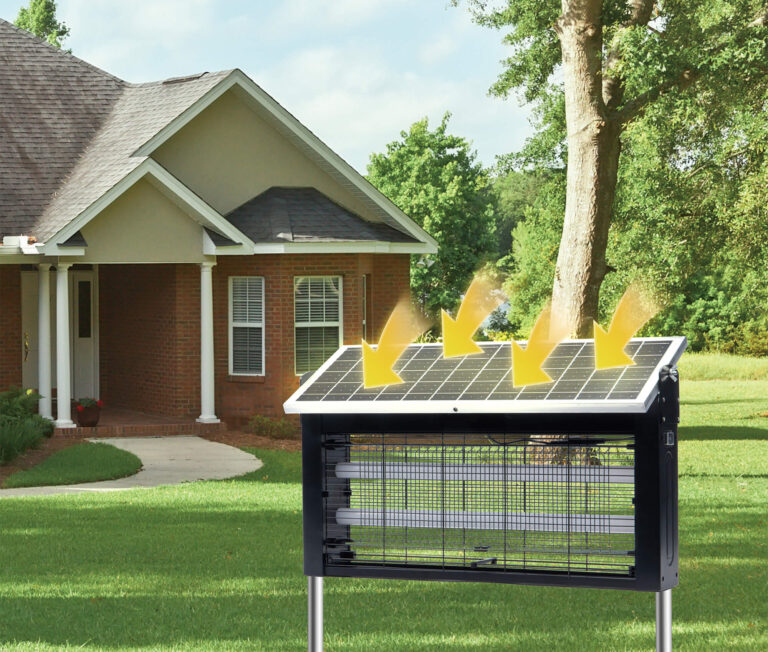In the sweltering heat of Phoenix, Arizona, or the muggy summers of Houston, Texas, your attic isn’t just hot — it becomes a heat trap that can push indoor temperatures to unbearable levels. The same issue affects homeowners in Miami, Florida, where humidity and heat are constant challenges, as well as in cooler but poorly ventilated areas like Denver, Colorado, or Boston, Massachusetts.
Without proper ventilation, your attic acts like an oven, making your air conditioner work harder, increasing your energy bills, and potentially damaging your roof over time.
The solution? Installing an attic fan.
Whether you’re a homeowner, a builder, or someone upgrading a rental property, adding an attic fan is one of the most cost-effective ways to improve comfort, boost energy efficiency, and protect your home’s structure across the United States.
🏠 Who Is This Guide For?
This blog is designed for:
Homeowners across the U.S. looking to cut cooling costs and improve home comfort
Eco-conscious households wanting to reduce energy waste and carbon footprints
Builders & contractors seeking best practices for residential ventilation
DIY enthusiasts interested in a weekend project with real ROI
Renters or flippers upgrading properties in hot or humid climates
No matter where you live — from the desert Southwest to the humid Southeast — attic fans offer real, measurable benefits.
💡 What Is an Attic Fan and What Does It Do?
An attic fan is a ventilation device installed in the attic space that helps remove hot, stagnant air — and in some cases, brings in cooler outside air. It can be electric-powered, solar-powered, or even smart-controlled.
✅ Key Benefits:
Lowers Attic Temperatures: Can reduce attic heat by 20–30°F
Reduces AC Load: Your air conditioner doesn’t have to work as hard
Prevents Moisture & Mold: Improves air circulation and reduces condensation buildup
Extends Roof Lifespan: Protects shingles and materials from heat damage
Saves Energy & Money: Many users see a drop in monthly cooling costs
🔧 Preparing for Attic Fan Installation
Before you start, a little planning goes a long way.
1. Assess Your Attic
Check insulation levels, current airflow (like soffit or gable vents), and overall space.
2. Choose the Right Fan Type
- Electric Attic Fans: Easy to install with existing wiring
- Solar Attic Fans: Great for sunny states like Arizona or California
- Smart Thermostats: Automate fan operation based on temperature
3. Pick the Best Spot
Install near the roof ridge or in a central attic location for optimal airflow. Keep it away from insulation or structural obstructions.
4. Get Your Tools Ready
You’ll need a ladder, drill, wiring supplies, and the fan unit. For professional jobs, tools and labor are provided.
⚠️ Safety First: What to Watch During Installation
Working in attics and with electrical systems requires care. Here’s how to stay safe.
Electrical Safety
•Always turn off the circuit breaker before wiring.
•Use insulated tools and follow code.
Ventilation & Personal Safety
•Ensure the attic is ventilated and wear a mask/dust gear.
DIY vs Hiring a Pro
| Factor | DIY | Professional |
| Cost | Lower | Higher |
| Technical Skill | Required | Not required |
| Code Compliance | Risk of errors | Guaranteed |
| Warranty | May be voided | Usually included |
| Time | More effort | Fast & efficient |
🔧 Tip: For anything involving your home’s electrical system, hiring a licensed electrician ensures safety and peace of mind.
🛠️ How Attic Fans Are Installed: Step by Step
1.Mount the Fan
Place it centrally or near the roof’s peak for best airflow.
2.Connect Wiring
Wire to your electrical system or solar panel per local codes.
3.Ensure Ventilation Flow
Check that soffit and ridge vents allow proper intake and exhaust.
4.Test It Out
Run the fan to confirm smooth operation and adjust as needed.
🧼 Maintenance Tips for Longevity
Keep your attic fan running efficiently:
•Clean regularly to prevent dust buildup
•Inspect fan blades & motor for wear
•Replace filters or parts as needed
•Choose energy-smart models with thermostats or timers
🏗️ Local Building Codes & Permits
Depending on where you live — be it California, Texas, Florida, or the Northeast — you may need an electrical permit or approval for attic fan installation, especially if it connects to your home’s power supply.
🔍 Check with your local building department or consult a licensed electrician to ensure everything from wiring to ventilation meets code.
⚡ Energy Efficiency & Real Savings
By reducing attic heat, your air conditioning system runs less — especially in hot cities like Phoenix, Las Vegas, or Miami. That means:
•Lower monthly energy bills
•Less HVAC wear and tear
•Environmentally friendly cooling
Many modern attic fans include:
•Programmable thermostats
•Solar panel compatibility
•Smart sensors for automatic operation
These features help maximize efficiency and minimize wasted energy.
✅ Final Thoughts: Is an Attic Fan Worth It?
Yes — whether you live in a hot desert, a humid coast, or a cold-but-poorly-ventilated climate, an attic fan is a smart investment.
It helps you:
✅ Stay cooler indoors
✅ Spend less on air conditioning
✅ Protect your roof and insulation
✅ Create a healthier, more comfortable living space
✅ Reduce your home’s energy footprint
🚀 Call to Action: Ready to Make Your Home More Comfortable?
Don’t let your attic turn your house into a heat trap this summer. Whether you’re in Texas, Florida, Arizona, or beyond, an attic fan can transform your home’s comfort and efficiency.
🔧 Explore professional attic fan installers in your area or tackle it as a DIY project — just make sure it’s done right, safely, and up to code.





